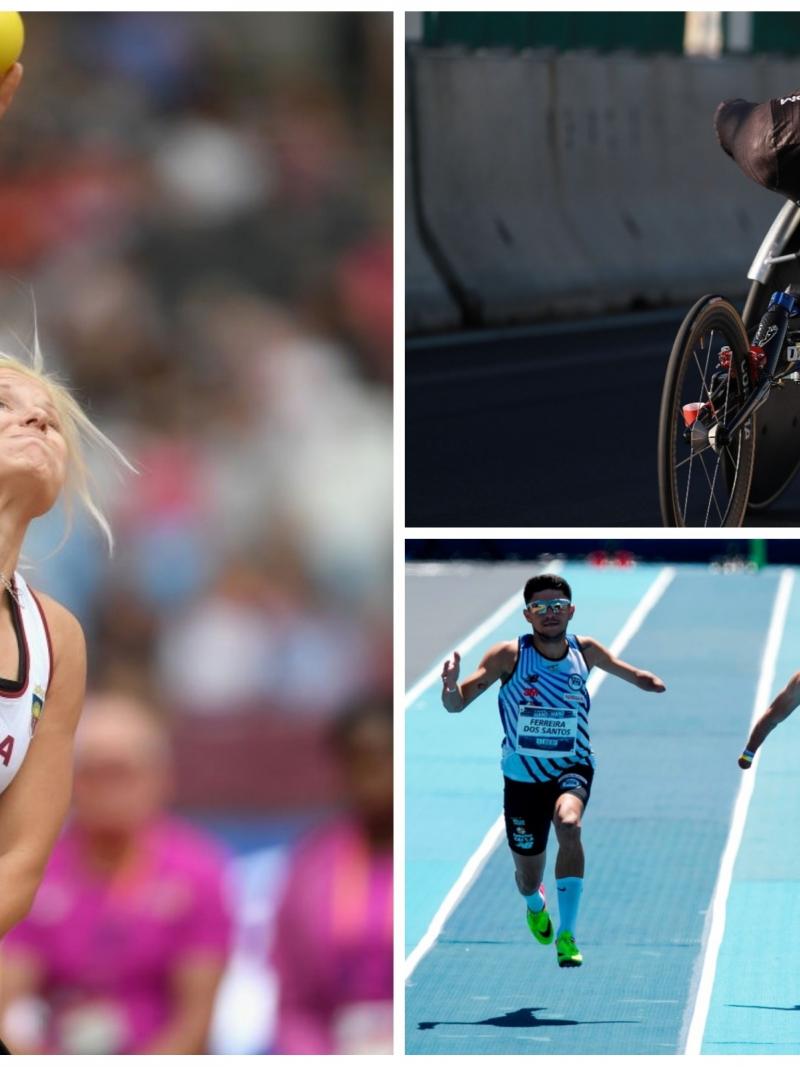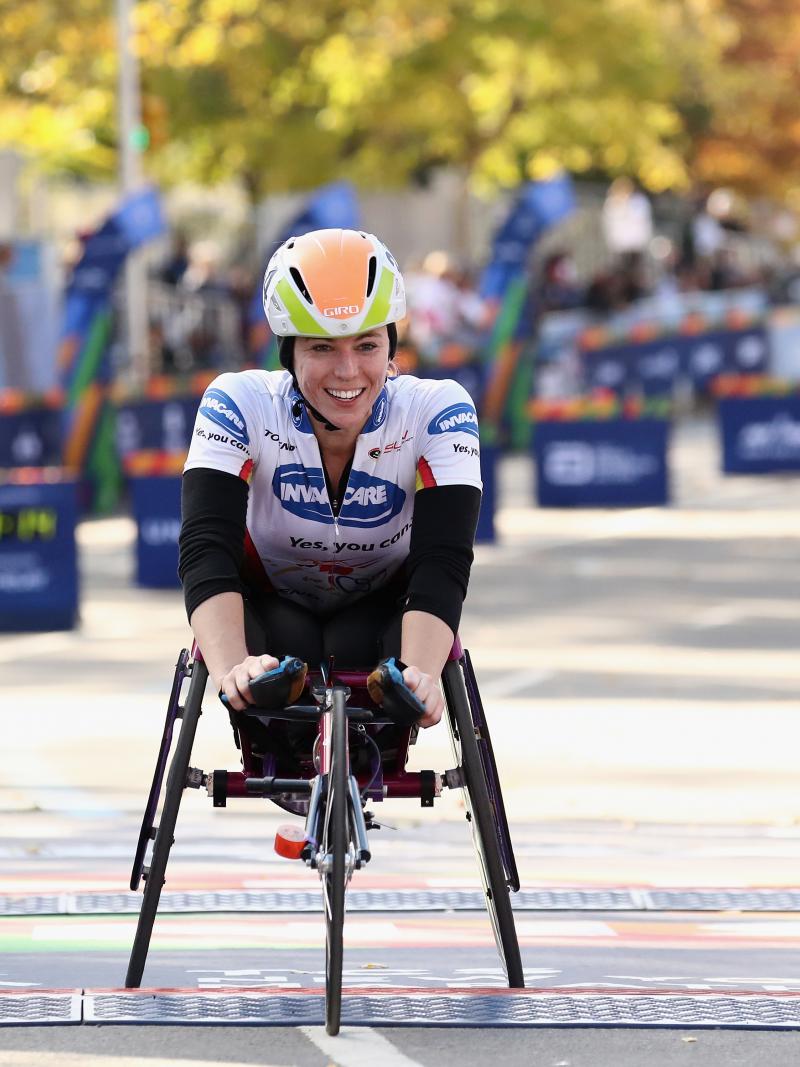Josh George: The Inside Track on Tokyo
US wheelchair racer looks ahead to Sunday’s marathon 24 Feb 2018
Josh George is looking forward to the Tokyo Marathon
From the depths of winter blooms the beautiful rose that is the Tokyo Marathon. As the first race of the calendar year, and the newest member of the Abbott World Marathon Majors, it has quickly become one of the most enjoyable stops on the wheelchair marathoning tour.
Tokyo spoils their athletes with an impeccably well organized race on the smoothest road surfaces of any of the majors. Though the field of invited international athletes is comparatively small, the depth of Japanese talent is immense. In a nation with a rich culture steeped in distance running, their wheelchair racers follow suit.
While most nations have to dig deep into the couch cushions to find two or three men’s marathoners that can push a sub 1:30 marathon, Japan has them bursting from the seams. Japan has five to ten guys that can contend in the lead pack, especially on a flat course — and Tokyo is pancake flat.
Tokyo was purposely designed to be one of the fastest marathon courses on the planet in an attempt to compete with Berlin and Chicago for world record times from the runners (in the able-bodied competition, defending champion Wilson Kipsang has made it clear he is gunning for the world record in this year’s race).
A fast course for a runner has flat roads and minimal turns. Tokyo changed the second half of the course last year to better suit these needs, and to move the finish from a remote spot on the water to the pedestrian dense Tokyo Station in the middle of the city. The course changes make the race more spectator friendly, but they also removed all of the significant climbs that used to dot the back half of the race.
Flat courses will never offer fast times as consistently in the wheelchair division as a net downhill course like the Boston Marathon, which means that we can expect large packs fighting and sprinting to the finish at sub-1:30 pace.
Last year Sho Watanabe scored his first major career victory after a gruelling push in which the first 15 miles of the race felt like a training fartlek, with attacks coming left and right by the strong field of domestic racers. Despite the abundance of surges, the pack was still eight deep at the finish line.
Defending his title will prove difficult for Sho this year. Marcel Hug is back for vengeance after finishing 2017 with dominating victories in Chicago and New York.
The competition for the tape extends beyond Marcel, though. 2016 Tokyo Marathon champion Kurt Fearnley is back and in form after sitting out last year’s race, and mainstay Ernst Van Dyk is coming off a course record performance at the George Marathon in South Africa last weekend. That’s not to mention Tomoki Suzuki, the young Japanese racer who is beginning to accumulate the confidence and race experience necessary to be a real contender.
The women will offer an equally exciting race. Last year’s champion, Amanda McGrory, is back and pushing with more confidence than ever, and the American is bringing two compatriots with her, Susannah Scaroni, and the infamous Tatyana McFadden. Tatyana had an up and down 2017 as her health impacted a consistent training routine, but she is still the fastest there has ever been and will bounce back stronger than ever.
Finally, we have Swiss racer Manuela Schaer, whose breakout year in 2017 warrants a paragraph all to herself. After being beaten at the line by Amanda in the 2017 Tokyo Marathon, Manuela went on to win both the Boston and London Marathons in commanding fashion, finishing as the first woman ever to break 1:30hrs at the Boston Marathon, then breaking the course record in London six days later.
For an encore, Manuela put forth a gutsy performance in New York, ending her year with her first ever New York City Marathon victory. She has a commanding lead in the AWMM series with 84 points, and a victory in Japan will make it extremely difficult for either Amanda or Tatyana (both at 41 points), to catch her.

 Facebook
Facebook
 Instagram
Instagram
 Twitter
Twitter
 Youtube
Youtube





